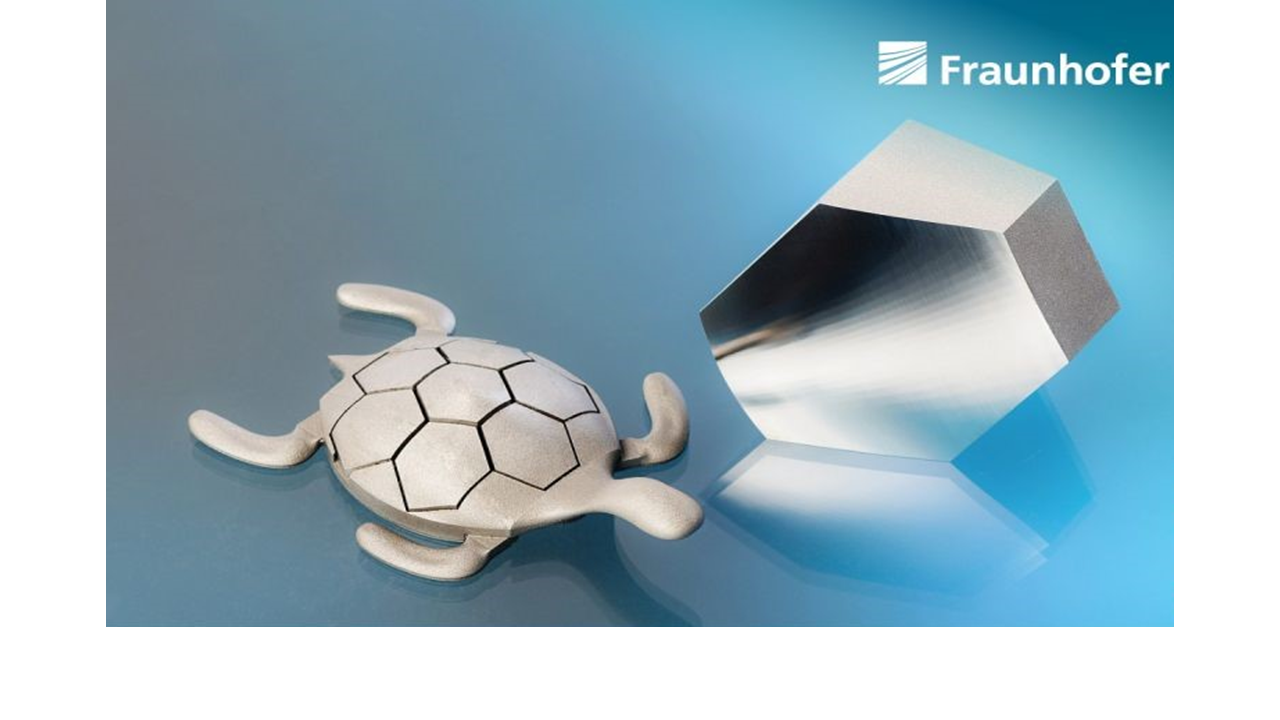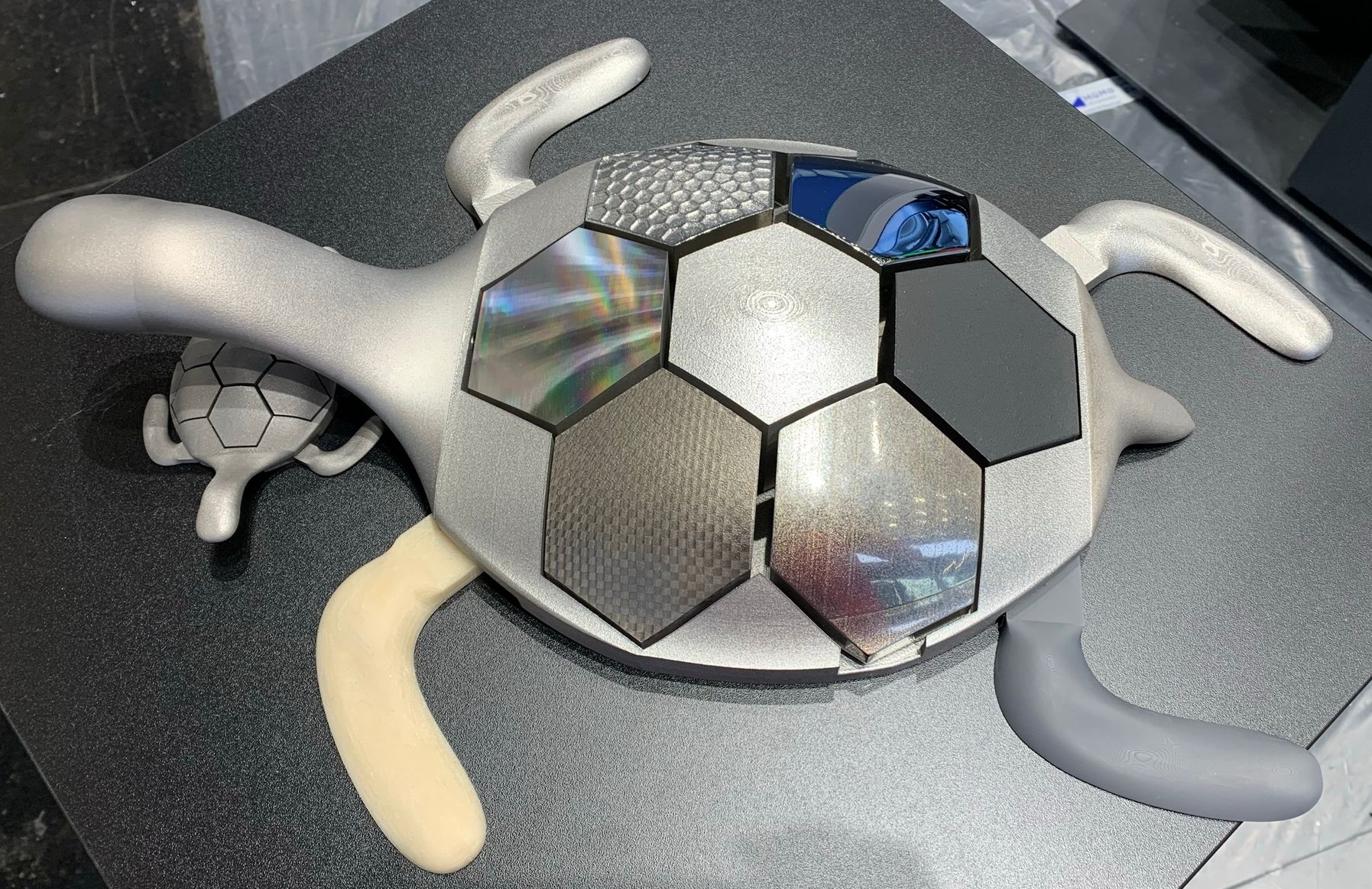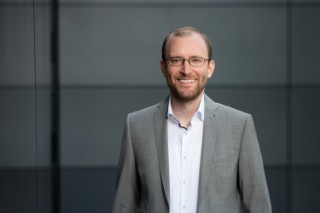Additive technologies offer a number of advantages over traditional, subtractive machining processes, but generally only deliver semi-finished products, as the surface quality of additively manufactured components is often inadequate or support structures have to be removed. The final added value is therefore created through post-processing. Depending on the material and the functional and quality requirements, various technologies are available for post-processing the component surface.
For the first time at Formnext 2023, researchers from the Fraunhofer Group for Production will be using a joint exhibit in the form of an additively manufactured turtle to show which different post-processing methods can be used for additively manufactured components. Each part of the turtle represents one of a total of nine post-processing methods for plastic, metal or hybrid components.
You will have the opportunity to discover the exhibit at the joint Fraunhofer stand in Hall 11, Stand D31.
Contact Press / Media
Dr. Juliane Thielsch
Head of department Laser Powder Bed Fusion
Fraunhofer Institute for Machine Tools and Forming Technology IWU
Nöthnitzer Straße 44
01187 Dresden, Germany
Phone +49 351 4772-2130
 Fraunhofer Group for Production
Fraunhofer Group for Production

